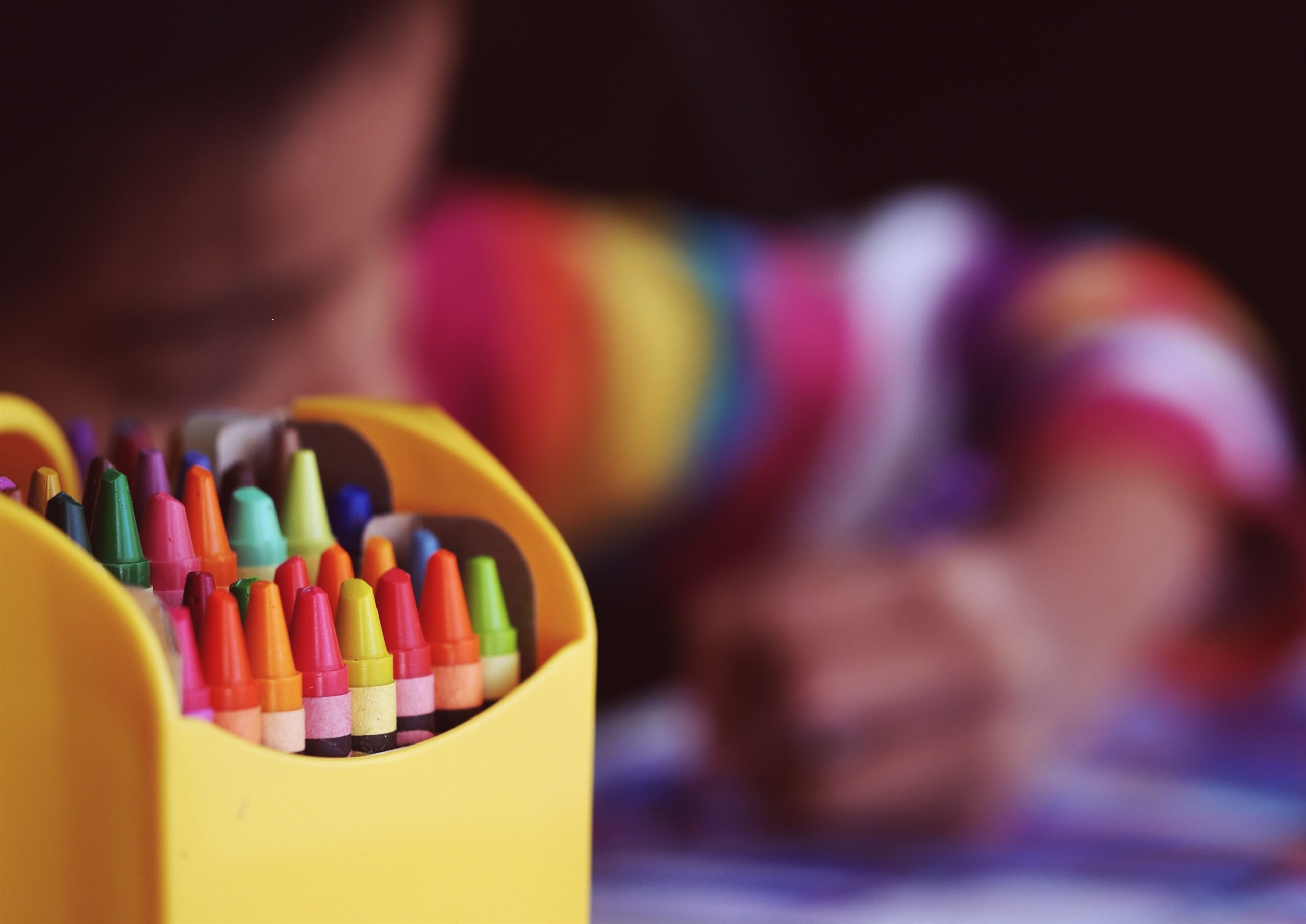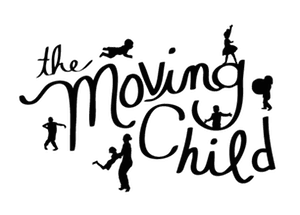Photo: Arwan Sutanto
As the grand-daughter of a woman (during the 1950s/1960s) suffering from a duodenal ulcer, who was sadly misdiagnosed as mentally ill and mistreated terribly because of that unfortunate misdiagnosis – I feel strongly about the care and management of people experiencing physical pain in the body, including children and youth. I also recognize that sometimes physical pain has origins back to unresolved trauma and emotional or intergenerational family pain for children and youth, which we can also learn to honour, work with, and support healing for. I once worked with helping a client heal her painful sinus condition by opening space up to explore her experience of unprocessed feelings related to her husband’s infidelity 10 years earlier. After three sessions, her physical pain was gone as this material was processed finally. Our inroad to healing the emotional pain expressed as a physical symptom.
Whatever the origins of physical pain, how we relationally tend to pain matters.
There is so much potential for a better approach to pain management, starting early in life with how we hold space for children in pain (and thus how they learn to hold themselves), and how we can help children to express their physical and emotional pain through the body. Children can learn to tend to, welcome, and explore their pain, instead of ignoring or suppressing it. We can also consider and learn about the use of alternative modalities for healing children’s pain.

Here are some ideas for when we are in the presence of a child’s reported pain:
- Ground yourself as an adult coping with a child experiencing pain. Anchor into a deeper breath, and allow your own body to relax as much as possible. Children’s mirror neurons (in the brain) attune to the physical states of the adults around them.
- Take the child seriously (whatever the origin of the pain, whether physical or potentially emotional, or combination of both).
- If a child reports pain, pause and encourage connection with the breath.
- Then take time to place hands on the actual pain spot in the body, breathing into that place, and allow that child to register a positive connection with you as a human being attending to their hurts.
- Let the child know its ok to welcome the connection to the pain, as much as it may hurt and to “have all your feelings”. Normalize that we have feelings when in pain. Name feelings as they emerge (“Name it to tame it,” as Dr. Dan Siegel suggests).
- Ask the child to explore the pain a little bit and offer words to describe it (going slowly): What’s it like? Is it prickly? Is it piercing? How big is it? What shape or colour is it? Any other words they might have for their pain?
- Not only does this attention (as well as self or parent touch) invite more blood flow to the area speeding up healing, it also allows for body-mind integration and less separation from the body due to painful experiences.
- Some questions for the child “if the pain could speak, what might it say?”
- Draw the pain with crayons, pencil or felts.
- If there seems to be no support for you through a regular MD or medical system, consider exploring beyond a regular MD’s knowledge, sourcing other accepted and registered modalities such as Osteopathy (CranialSacral), Traditional Chinese Medicine, Physical Therapy, and/or Dance/Movement Therapy.
- Sometimes the goal is not to “get rid of” physical pain (this is not realistic for some), but to engage mindfulness and embodied awareness as tools for pain management. Dr. Job Kabat Zinn has wonderful YOUTUBE videos for resources, as well as the DreamBody work of Arnold Mindell), and there are many Dance/Movement Therapists and somatic practitioners working in the field of pain management.
Lets all heal and help children to heal, in relationship to pain.

